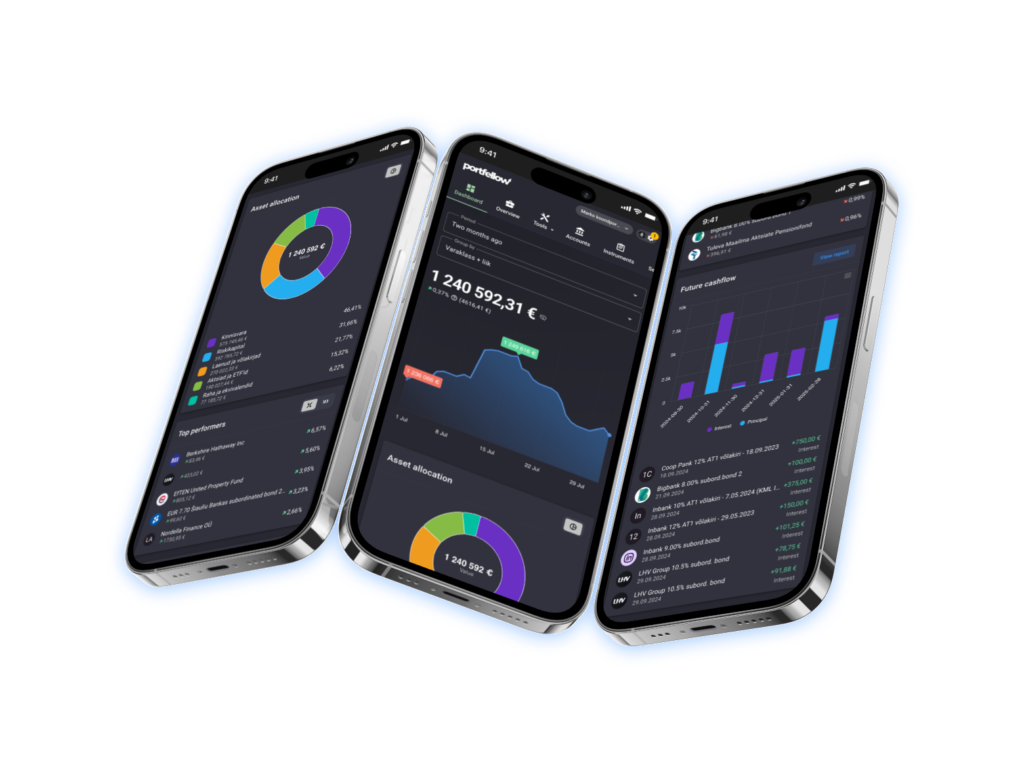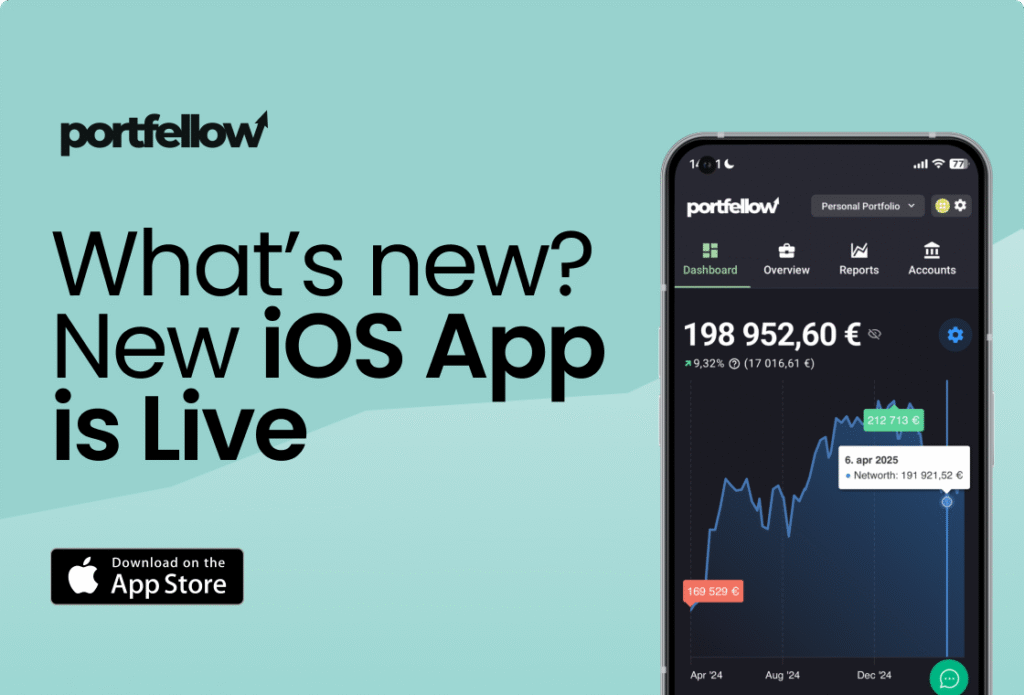
Until 2022 and 2023, we were talking about rising interest rates, but since around the beginning of 2024, they have been on a downward trend. As a result, keeping money in a regular bank account has become increasingly unattractive. In this post, we’ll look at the current market situation and compare different options for where to place idle money in the short term to earn the highest possible return.
Whether it’s money set aside for a big purchase, part of your emergency fund, or simply extra cash waiting for better investment opportunities – in all of these cases, we want the money to remain as liquid as possible and the risk close to zero. Therefore, we’ll consider three options, each either backed by a government guarantee or posing very low risk: fixed-term deposits, on-demand savings accounts, and government bonds or money market funds.
The interest rates used in this post are based on data as of April 1st 2025. Before making any decisions about where to place your money, it’s worth double-checking all terms and rates, as they may change at any time.
Fixed-Term Deposit
Money placed in a bank as a fixed-term deposit usually earns a fixed interest rate, paid either monthly or annually, depending on the terms. If you terminate the deposit early, the bank generally doesn’t pay out the accumulated interest. Additionally, the bank may refuse early termination or require compensation for any losses incurred. If you’re an individual not using an investment account, the bank will withhold income tax on paid interest. Deposits are state-guaranteed up to €100,000 per bank.
Current interest rates (up to 12-month deposits):
Holm Bank: 2.7% to 2.95% (min. 3 months)
LHV Bank: 1.75% to 2.25%
Inbank: 2.65% to 2.9% (min. 3 months)
Coop Bank: 2.05% to 2.3%
Bigbank: 2.25% to 2.7%
Swedbank: 2.0% to 2.25%
SEB: 2.05% to 2.3%
Luminor: 2% to 2.3% (min. 3 months)
(Updated: 01.04.2025)
On-Demand Savings and Similar Products
This includes money held in current or savings accounts. Interest is calculated daily and typically credited at the beginning of each month. If you’re an individual and not using an investment account, tax is withheld on the interest. These accounts are state-guaranteed up to €100,000 per bank.
For Wise and Lightyear, customer funds are protected up to €20,000 as they are investment firms. Such firms must keep client funds separate from company assets, meaning the firm’s bankruptcy shouldn’t affect client money.
Current interest rates (EUR):
Bigbank Savings / Accumulation Account: 2.75% (valid until end of April)
Lightyear: 1.25% (No LEI code needed for business accounts)
Interactive Brokers: 1.974% (Interest paid only on amounts exceeding €10,000 and reduced for net account values under $100,000)
Swedbank “Money Collector”: 2.0% (for individuals)
LHV Accumulation Account: 2.0% (for individuals; tax deferral possible via investment account system)
LHV (standard): 0.1%
LHV AU client: 1%
(Updated: 01.04.2025)
Money Market Funds
A type of investment fund that places money in high-quality short-term debt instruments, cash, and equivalents. They offer more stability and liquidity than many other investments, usually with better returns than savings accounts. However, they are not state-guaranteed… so while risk is low, it still exists.
More about money market funds:
“Money Market Funds: Overview, Opportunities, and Risks”
Thanks to platforms like Lightyear and Wise, retail investors now have access. However, they react quickly to interest rate changes. So good in rising markets, worse in declining ones.
Current yields:
Lightyear: 2.53% APY
Wise: 2.24% APY
Government Bonds
A third short-term investment option includes government bonds, such as U.S. or Estonian short-term treasury bills.
U.S. T-Bills (Treasury Bills):
Short-term (4–52 weeks), no interest paid, but sold at a discount. On maturity, the face value is returned — the difference is your return.
How to buy:
Through brokers like Interactive Brokers. The process is similar to buying stocks. Consider transaction fees (approx. $5–7.5 per trade), so trades under ~$5,000 are less practical.
At the time of writing, U.S. T-Bill returns ranged between 4%–4.28% depending on maturity.
Estonian bonds:
One can also buy Estonian government bonds on the secondary market. Though they advertise a 3.3% coupon, current prices include a premium, lowering the real yield to around 2.4%, assuming reinvested interest and no transaction fees.
Kokkuvõte
Since interest rates have been dropping since early 2024 (and are expected to continue), it’s wise to focus short-term money placement on liquidity, yield, and minimal risk. However, most placements (excluding fixed deposits) adjust quickly to market conditions, so falling rates will soon affect them too.
If you need your money in 3–12 months and want guaranteed return:
Fixed-Term Deposit
Best if you know you won’t need access.
Fixed interest for the whole term.
State guarantee.
Less flexible (interest can be lost on early withdrawal).
Best picks: Holm Bank, Inbank.
If you want guaranteed access but still want to earn some interest:
On-Demand Savings / Accumulation Account
Great for emergency funds.
Daily interest, accessible anytime.
State guarantee (or limited, if via platforms).
Best pick: Bigbank (2.75%).
If you’re okay with a bit more risk for potentially higher returns:
Money Market Funds
Great for idle money with no fixed use.
Reacts to rate changes quickly.
Not guaranteed, but low risk.
Best pick: Lightyear (2.53%).
If you want fixed yield and can tie up funds for a few months:
Government Bonds
U.S. T-Bills ideal in falling interest environments.
Estonian bonds available, but often at lower real returns.
Best for investments over $5,000.
Best pick: U.S. T-Bills via Interactive Brokers (4%+).



